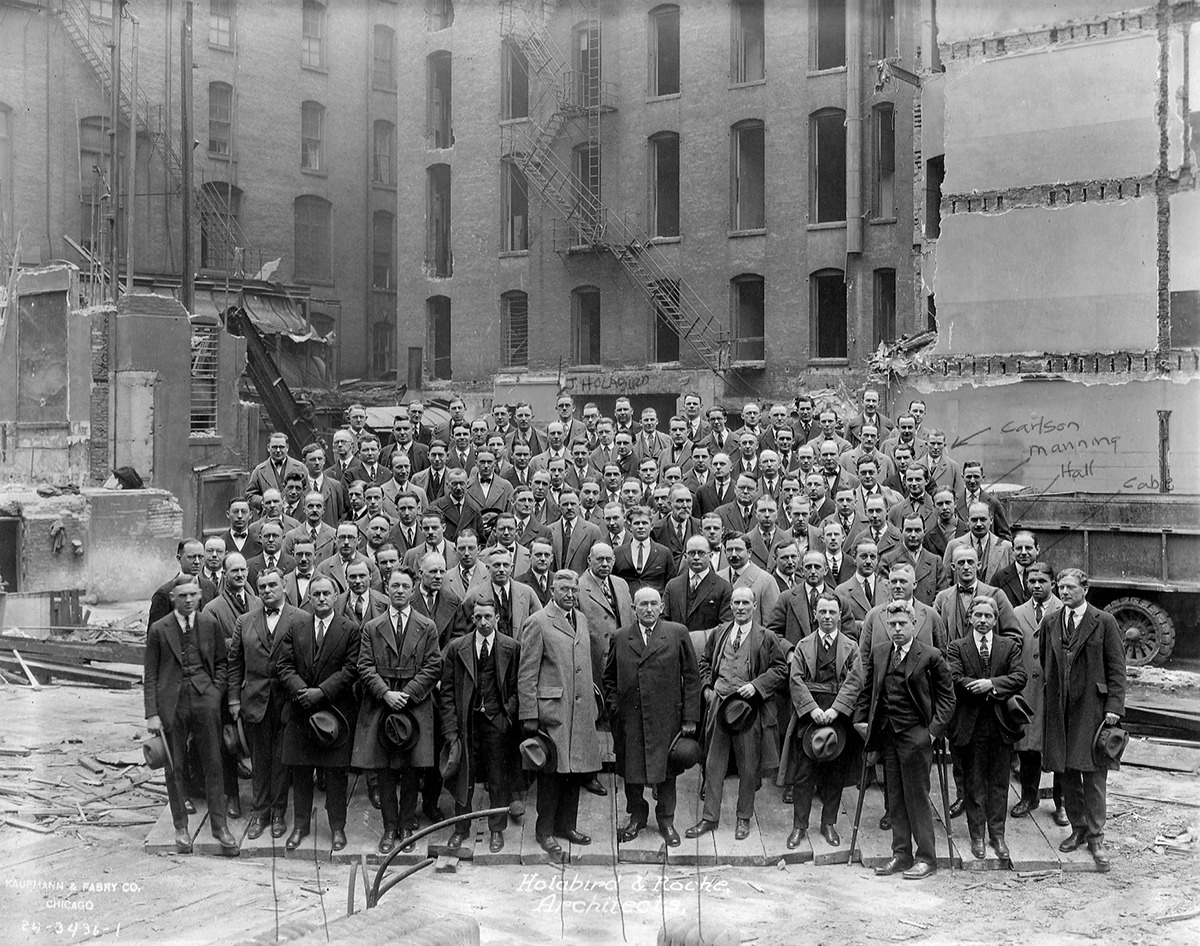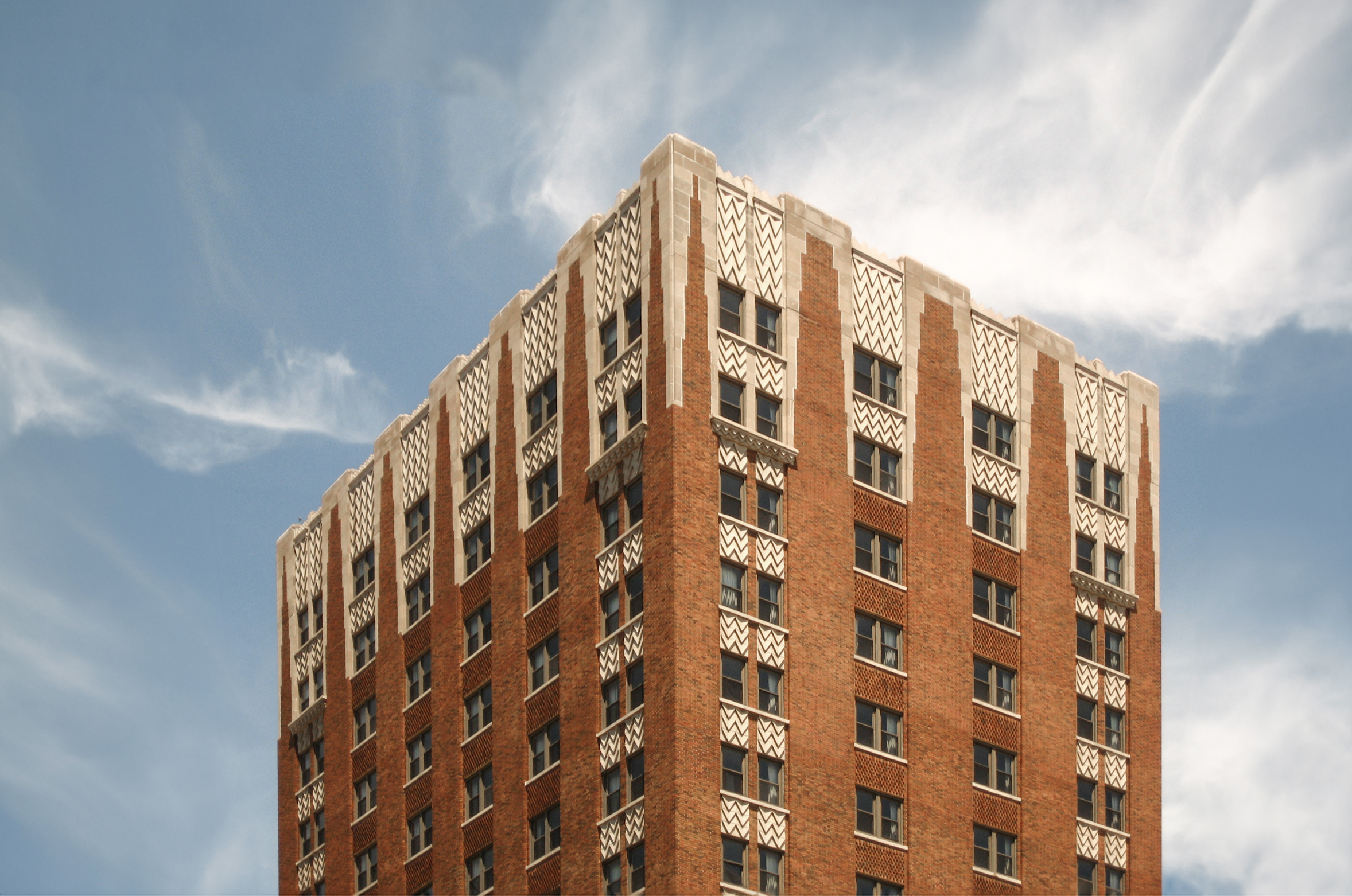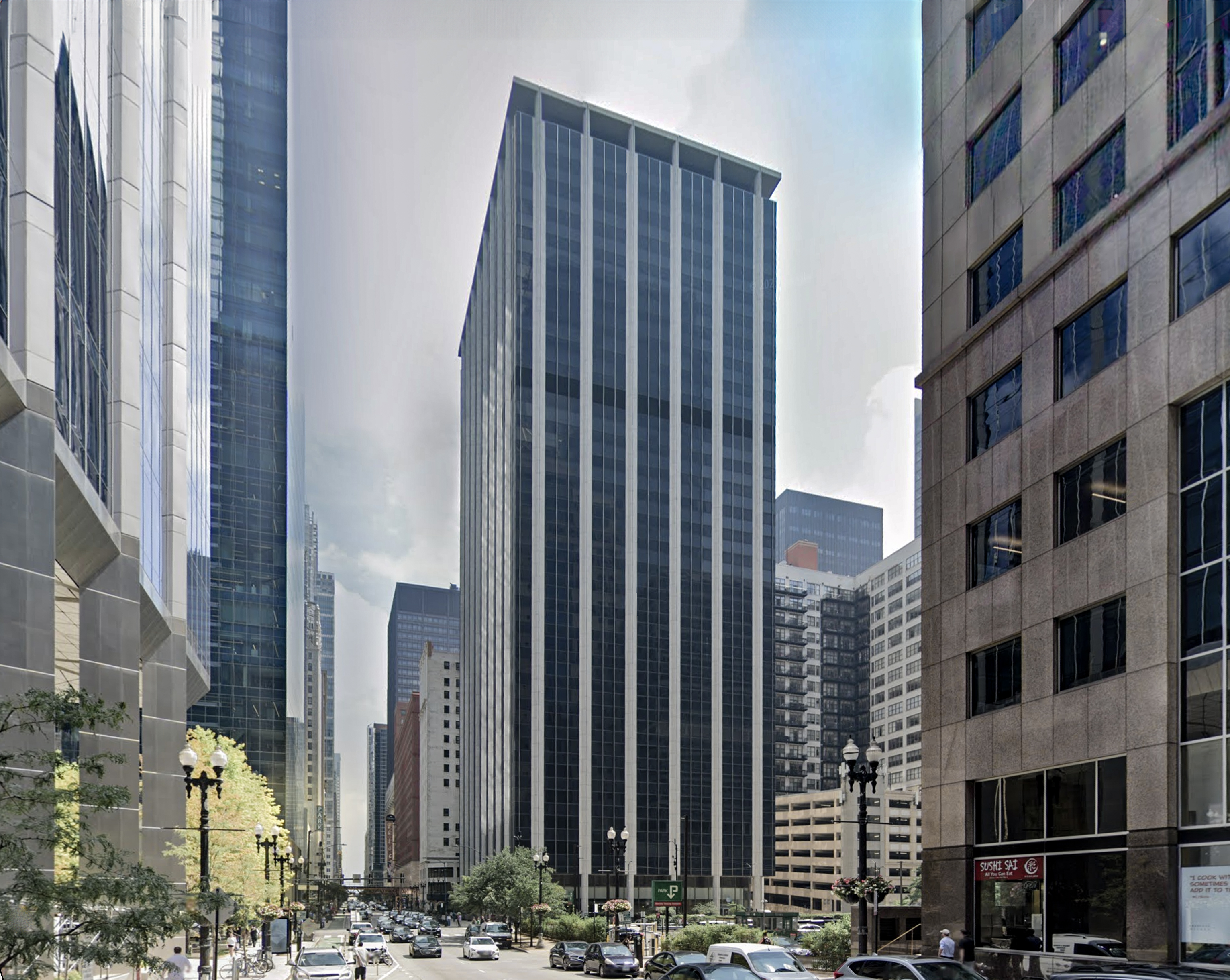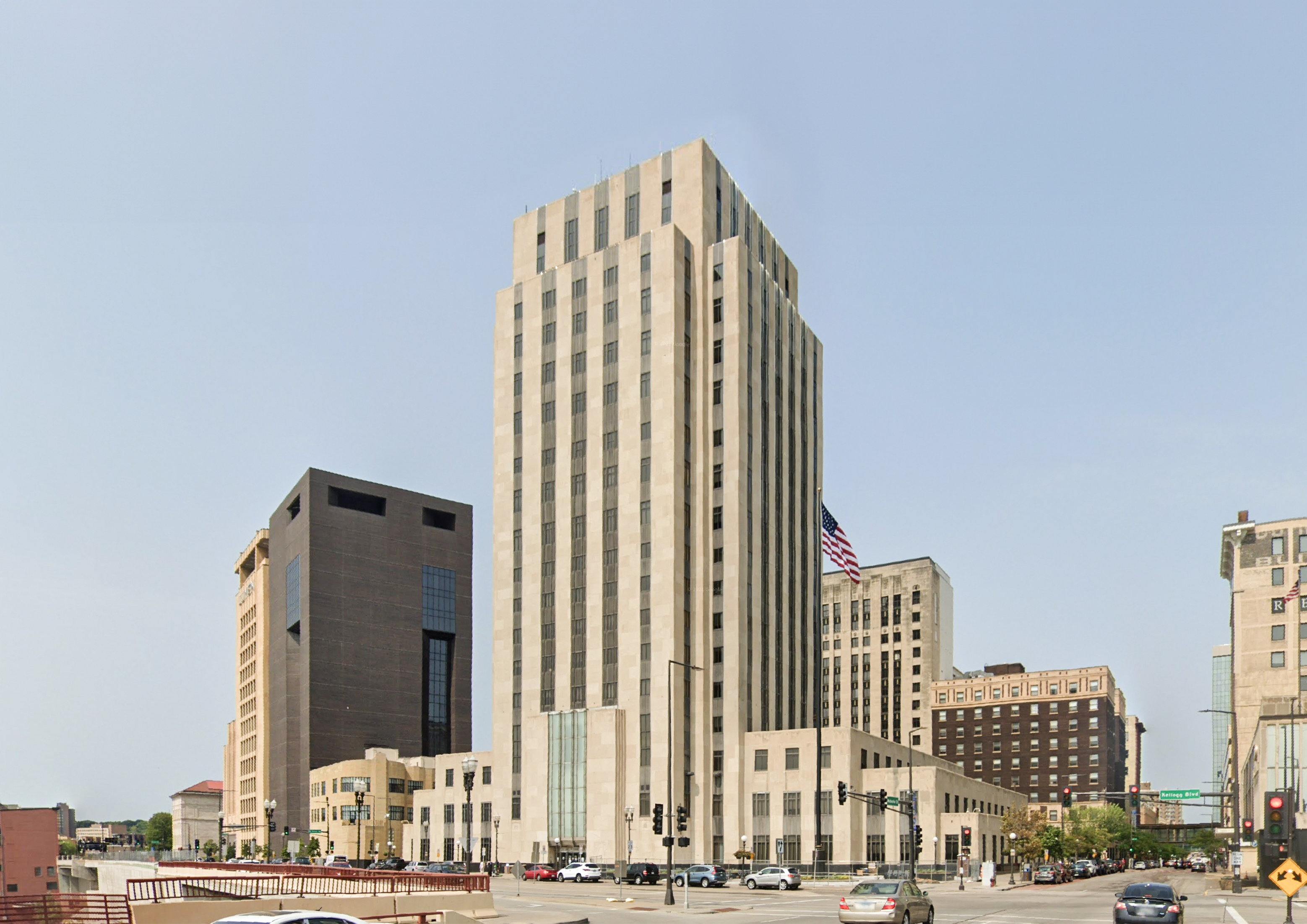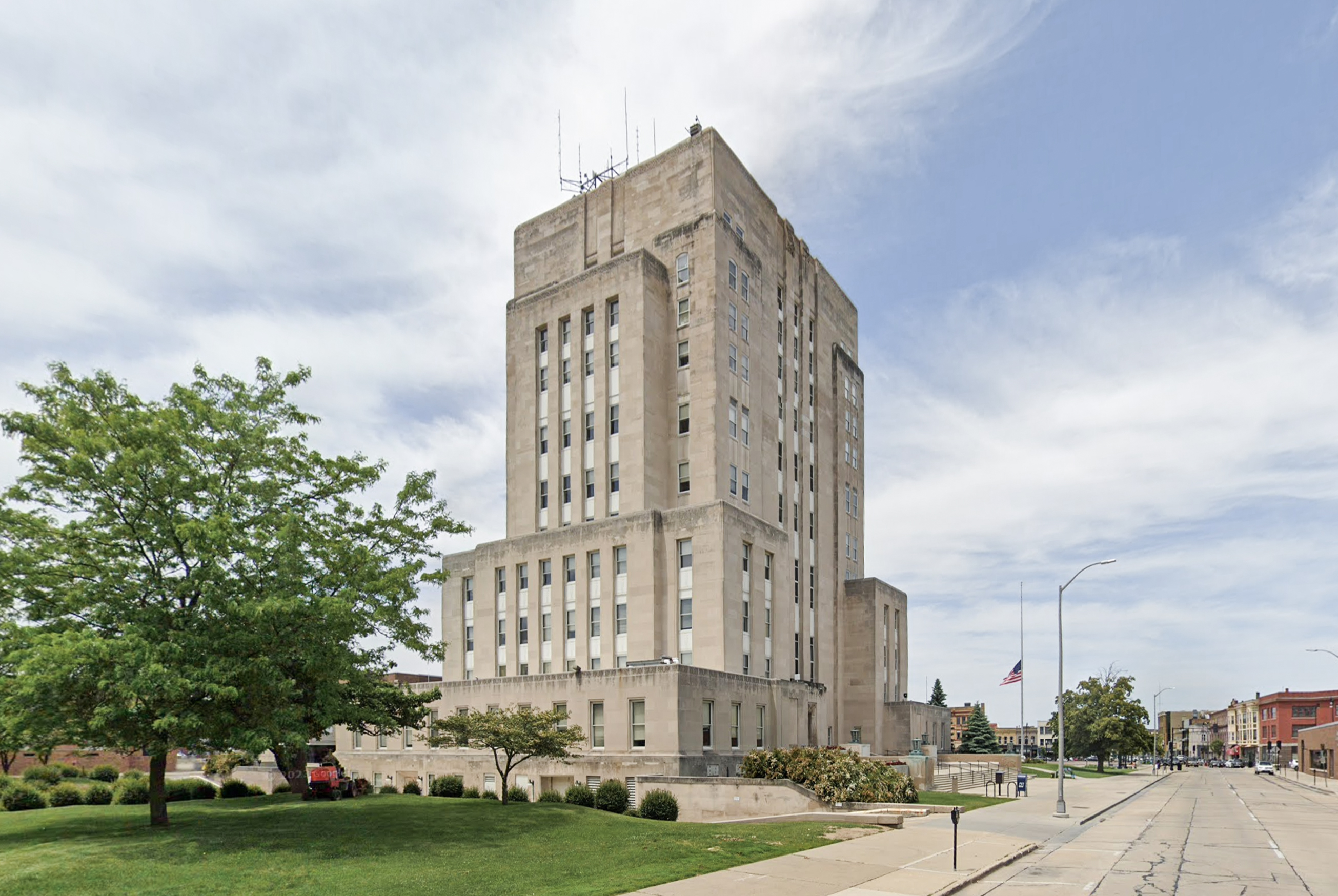The Hilton Milwaukee City Center is an Art-deco skyscraper designed by Holabird & Root, and built in 1927 in Milwaukee, WI.
Hilton Milwaukee City Center is not the only name you might know this building by though. It is common for companies to want to attach their names to iconic buildings when they move in, or for the general public to come up with nicknames, and this one is no exception. The building has changed names several times over the years, and is also known as:
- Schroeder Hotel between 1928 and 1966.
- Sheraton-Schroeder Hotel between 1966 and 1995.
- Hilton Milwaukee City Center from 1995 until this day.
Its precise street address is 509 West Wisconsin Ave, Milwaukee, WI. You can also find it on the map here.
The building underwent a major restoration in 2000. The architect commissioned to undertake this restoration was Kaler Slater Architects.

